From Farm to Table: The Journey of Cream in Culinary Excellence
Embark on a culinary journey ‘From Farm to Table’ as we explore the incredible story of cream, a beloved ingredient celebrated globally for centuries. Discover how cream, with its velvety texture and subtle sweetness, undergoes a remarkable journey from the dairy farm to your plate.
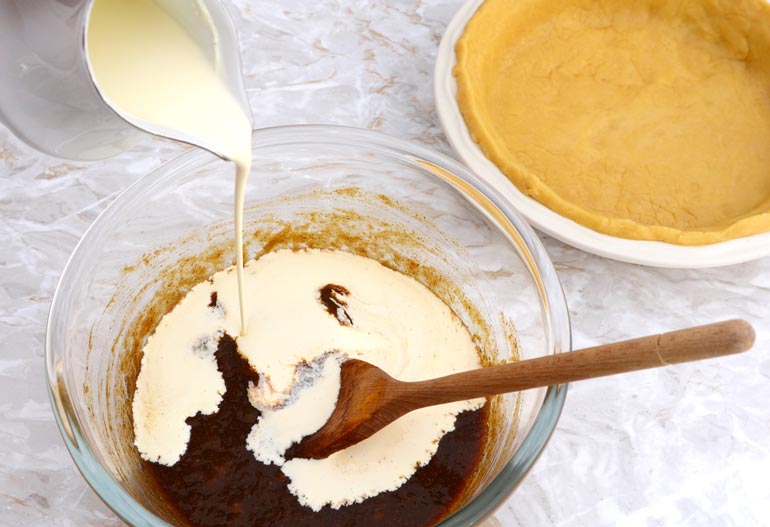
Food lovers everywhere rejoice in the delight of meals enjoyed with fresh ingredients. It’s no wonder why, as the quality and taste of food can be dramatically enhanced when harvested from nature’s bounty – straight to your plate. With this sentiment in mind, it is truly remarkable to trace a single ingredient’s journey as it passes through many hands toward becoming an essential component of a delicious recipe.
One such ingredient celebrated worldwide for centuries is cream: its velvety texture and subtle sweetness make it a star feature in countless culinary masterpieces. Today, we’ll take you ‘From Farm to Table,’ exploring how cream goes on an incredible journey before being served in all sorts of tempting dishes.
The Growing Popularity of Cream in the Kitchen
In recent years, the use of cream in the kitchen has experienced a surge in popularity. It has been particularly noticeable in cooking and baking, where cream is frequently used as a rich and flavorful addition to various dishes. One reason for this trend may be a growing appreciation for the decadent and indulgent flavors that cream can impart. However, the increasing availability of high-quality dairy products has also contributed to this shift in the culinary landscape.
Whatever the reason, it is clear that cream has firmly established itself as an indispensable ingredient in the modern kitchen, and its versatility and delicious taste are sure to continue winning over chefs and home cooks alike. The nangs meaning is a curiosity to most and is done with nitrous oxide used in whipped cream cans. Now, look at how this beloved ingredient goes from farm to table.
An Overview of Cream Harvesting Techniques
The journey of cream begins on the farm, where dairy cows are milked to extract this rich and creamy liquid. While traditional methods involve hand milking, modern technology has introduced more efficient techniques, such as machine milking. Once collected, the milk is separated into cream and skimmed milk through centrifugation.
Centrifugation involves spinning the milk at high speeds, causing the heavier cream to separate from the lighter milk. Pasteurization then further processes the cream, heating it to kill potentially harmful bacteria while preserving its flavor and texture.
Exploring Different Types of Cream and Their Uses
Various types of cream are available, each with unique characteristics and cooking use. Some common types of cream include heavy cream, light cream, half-and-half, and whipping cream. Heavy cream is the thickest and richest of them all, with a minimum fat content of 36%. It’s perfect for making whipped cream or adding richness to sauces and soups.
Light cream, on the other hand, has a lower fat content (18-30%) and can be used as a replacement for milk in some recipes. Half-and-half is a mixture of equal parts whole milk and light cream, typically used as a lighter alternative to heavy cream. Whipping cream has slightly less fat than heavy cream (35%) but is still thick enough to be whipped into peaks and used as a dessert topping.
Exploring the Health Benefits of Cream
In addition to its delicious taste and versatility in cooking, cream offers numerous health benefits that make it a valuable addition to your diet. Rich in vitamins A, D, E, and K, cream plays a crucial role in maintaining the health of your bones and teeth. Moreover, the cream is packed with healthy fats that improve cholesterol levels and reduce the risk of heart disease.
Furthermore, the cream’s fat content helps slow digestion, providing a prolonged feeling of fullness and aiding in weight management. Its creamy texture and satisfying taste make it a perfect choice for those seeking a guilt-free treat. However, as with any food, it’s important to practice moderation when consuming cream due to its calorie-dense nature.
How to Choose Quality Cream for Your Recipes
When selecting cream for your recipes, it’s crucial to prioritize high-quality products that will elevate your dishes’ flavor and texture. Look for meticulously processed cream without additives or preservatives, ensuring a pure and untainted experience. The fresh, creamy goodness aroma should be a delightful indication of its quality.
In addition to quality, paying attention to the fat content of the cream is equally essential. Heavy cream is the ideal choice for those aiming for more decadent and indulgent recipes, bringing a rich creaminess to the table. However, using light cream or half-and-half can strike the perfect balance if you prefer lighter dishes. And let’s remember whipping cream, which adds extra luxury to your desserts, creating an irresistibly smooth and velvety texture that will leave your taste buds joyful.
Recipes to Make with Cream for Optimal Taste and Nutrition
Now that we’ve explored the journey of cream from farm to table and its many uses and health benefits, let’s combine it by sharing some delectable recipes you can make at home. Try making fluffy pancakes topped with whipped cream and fresh berries for a luxurious breakfast treat. Or, for a savory dinner option, add heavy cream to your favorite pasta dish for a creamy and indulgent sauce.
For those with a sweet tooth, using whipping cream in homemade ice cream or as a topping on warm apple pie is sure to satisfy any dessert cravings. For an added nutritional boost, try incorporating light cream into soups or stews for extra richness without too much added fat.






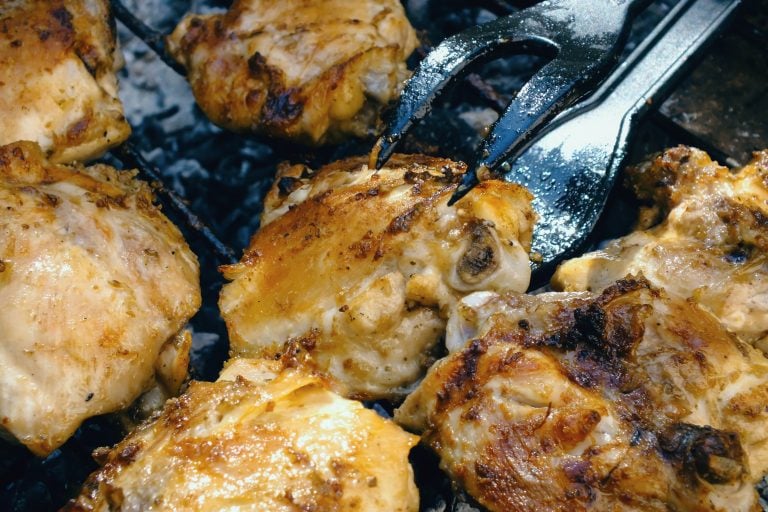


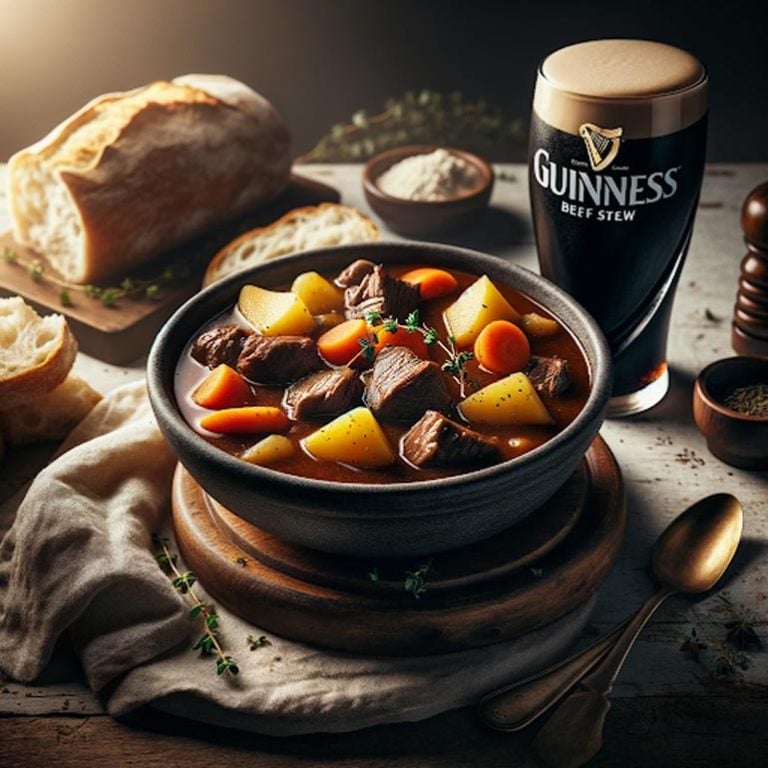
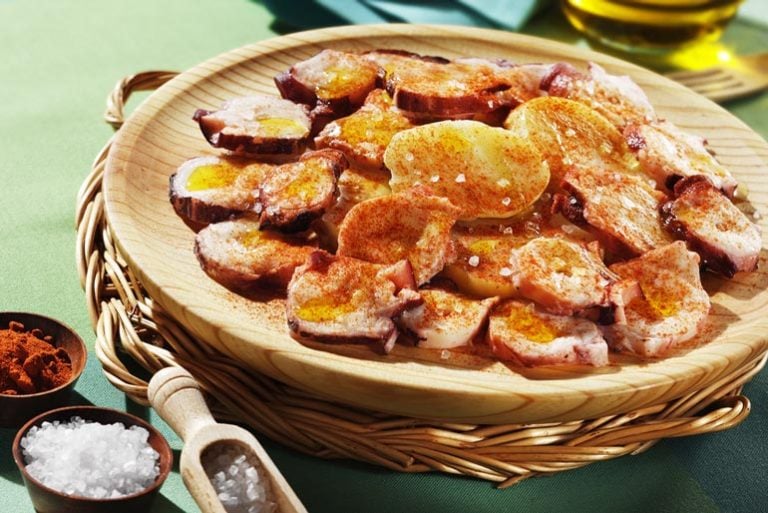

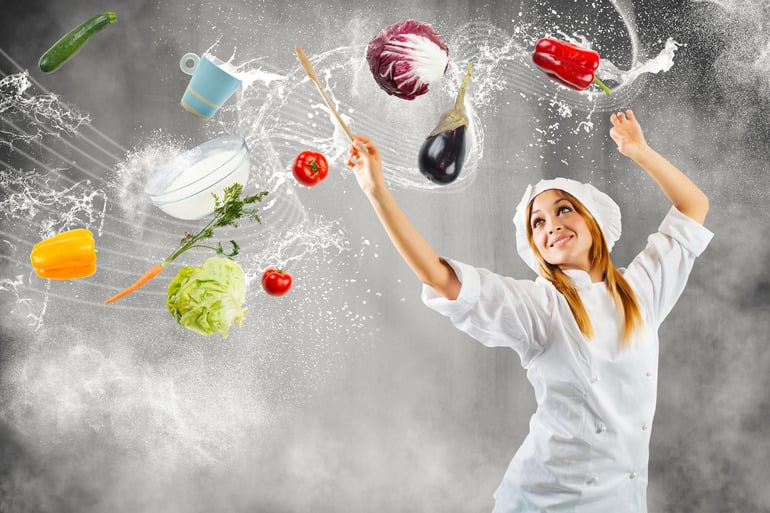
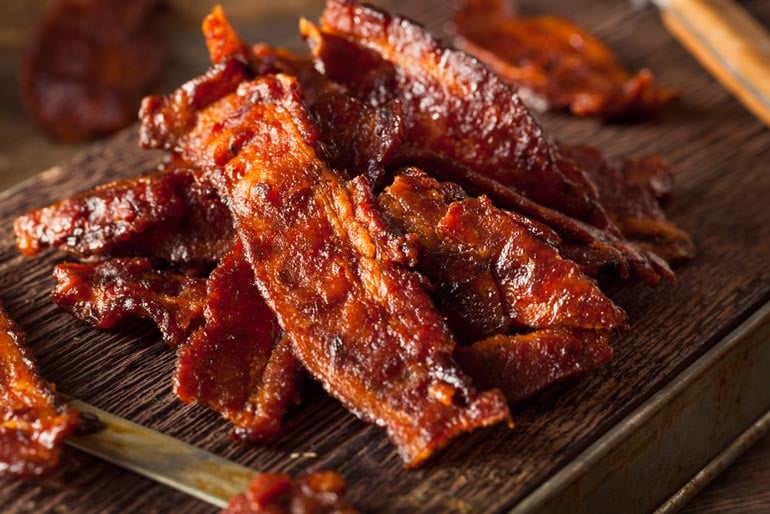

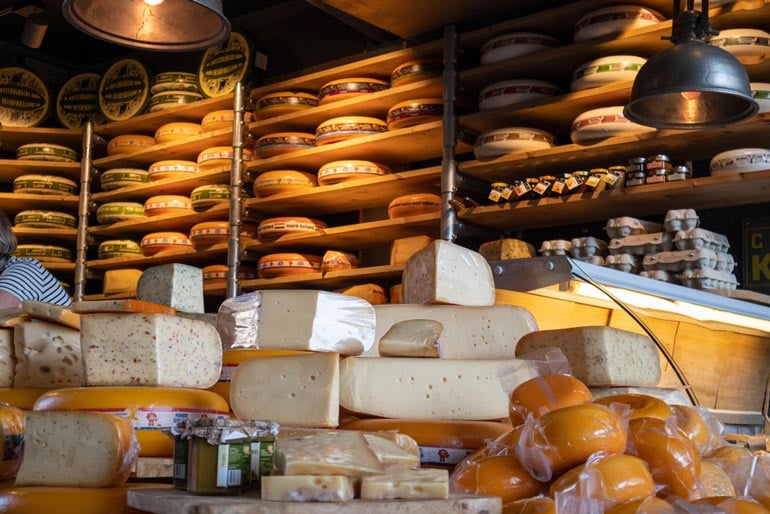
Comments 0
No Readers' Pick yet.